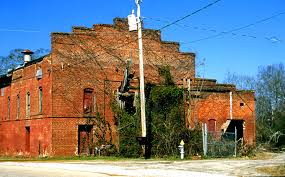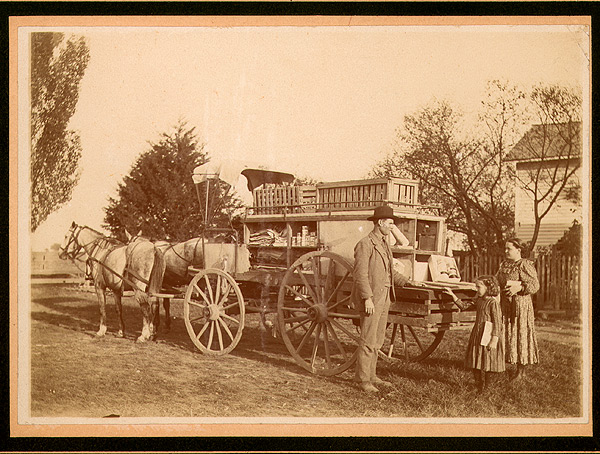Coweta County Wills, Estates, Marriages, Maps
The Creek Indians ceded the land in Lee, Muscogee, Troup, Coweta, and Carroll counties in the 1825 Treaty of Indian Springs where Chief McIntosh was killed it. The counties’ boundaries were created by the Georgia General Assembly on June 9, 1826, but they were not named until December 14, 1826. Coweta County was named for the Koweta Indians (a sub-group of the Creek people), who had several towns in and around present-day Coweta. Researchers should also research Henry, Fayette, and Spalding Counties.


Census Records vs. Court House Records
Genealogy Tips by Jeannette Holland Austin
The census, taken every 10 years since 1790, is helpful to genealogists. However, until 1850, one does not get a complete list of the members of the family and their ages. That means that one must dig into records that go back further in time. This is done at the courthouse where the ancestors resided. And, because families moved about, and counties split boundaries, one must also search adjoining counties. Surprisingly, people were always moving on, in search of fertile lands. Simply being aware of the events of that era, such as wars, Indian removals, land grants, etc., helps the genealogists find the trail. There are many disappointments in the census. That is because the one who gathered the information used his own spelling and version of things. Thus, the census serves as more of a guideline to actual documents retained at the courthouse, signed and witnessed.
Images of Miscellaneous Documents
Coweta County Georgia Genealogy Records Available to Members of Georgia Pioneers
Wills
- Wills 1827 to 1847 (abstracts)
- Wills 1849 to 1885 (abstracts)
- Wills 1885 to 1910 (abstracts)
Indexes to Probate Records
- Will Book A, 1828 to 1848
- Will Book B, 1848 to 1892
- Annual Returns, Book B, 1837 to 1843
Marriages
- 1827 to 1849
- Marriages from newspapers 1885 to 1886
Miscellaneous Records
- Cates, Asa, 1853, Deed of the Legatees
Maps
- Map of Coweta County
Traced Genealogies of Coweta County Families
- Bull
- Dyer
- Hunnicutt
- McClendon
- Neely
- Simms
Marriages
- 1827-1849
- 1885-1886 (from newspapers)
Protected by the Militia
As colonists trekked across the colonies, it was local Militia companies that saved the day. All homesteaders, aged 21 and above, were required to become part of a militia that protected the community from Indian attacks, and later, from the British (and their Indian warriors). A small fort was erected which consisted of a stockade fence, ramparts, and an armory. Everyone bore arms for the purpose of protecting their families against wild animals and Indian attacks. They hunted and fished to survive. During the early days of our country, the Militia was supported by local residents. Should you discover an ancestor did fight in a war, yet was called “captain” or “colonel” or their participation in the Militia was the source of that rank? It is a good idea to research county militia records to learn more, usually kept at the State Archives.

